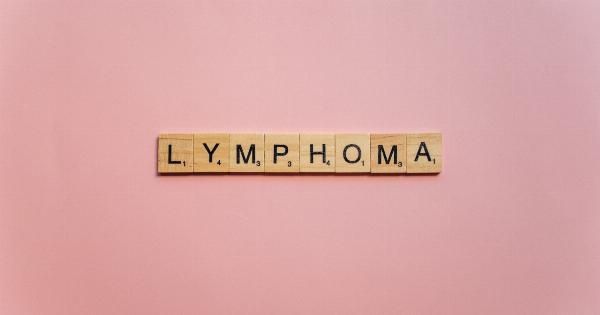Headaches can be a common occurrence for many people, often caused by stress, fatigue, or underlying health conditions.
However, it can sometimes be challenging to determine if someone is genuinely experiencing a headache or if they are simply using it as an excuse to avoid something. Understanding the signs and symptoms of a real headache can help you differentiate between genuine pain and a fabricated excuse. Here are ten signs to look out for:.
1. Pain Description
A genuine headache is usually accompanied by a specific description of the pain. The individual may describe it as a throbbing, pulsating, or stabbing sensation, with varying intensity levels.
These details can help confirm the authenticity of their headache.
2. Sensitivity to Light and Sound
People experiencing real headaches often become sensitive to light and sound. They may prefer staying in a dimly lit, quiet room to alleviate their discomfort.
If the person shows signs of sensitivity to their surroundings, it is more likely that they genuinely have a headache.
3. Temporal and Tension Signs
Observing the person’s behavior for temporal and tension signs can help determine the legitimacy of their headache. They may rub their temples or apply pressure to their forehead, indicating tension or discomfort in those areas.
4. Lack of Interest and Concentration
A genuine headache can significantly affect a person’s ability to concentrate and engage in activities they normally enjoy.
If the individual suddenly loses interest, struggles to focus, or seems distant, it could be a sign that they genuinely have a headache.
5. Facial Expressions
Nonverbal cues such as facial expressions can provide valuable insight into the authenticity of a headache. Pay attention to any grimacing, wincing, or furrowing of the brows, as these expressions may indicate genuine pain.
6. Impact on Daily Routine
When someone truly experiences a headache, their daily routine is often disrupted. They may need to lie down, rest, or take medication to alleviate the pain. If their headache is interfering with their normal activities, it is more likely to be genuine.
7. Previous Medical History
An individual’s medical history can be a good indicator of the authenticity of their headache.
If the person has a documented history of migraines, tension headaches, or other related conditions, it is more plausible that their current headache is genuine.
8. Consistency in Symptoms
Consistency in the symptoms experienced by the person over time is another essential factor to consider. Genuine headaches tend to have a pattern, occurring at regular intervals or in response to specific triggers.
If the person consistently displays the same symptoms, it is more likely that their headache is real.
9. Response to Treatment
If an individual’s headache responds positively to appropriate treatment, such as over-the-counter pain relievers or prescribed medication, it supports the probability of their headache being genuine.
Responding well to treatment indicates that the pain is real and not fabricated.
10. Verbal and Nonverbal Consistency
Lastly, consistency in both verbal and nonverbal signals is vital in determining if someone genuinely has a headache. Their words, body language, and overall demeanor should align and not contradict each other.
Any inconsistencies may suggest that their headache is not genuine.
Conclusion
While it can be challenging to definitively confirm if someone truly has a headache, paying attention to the mentioned signs and symptoms can help you make a more informed judgment.
Remember, it is important to be empathetic and supportive, as headaches can significantly impact a person’s well-being regardless of their authenticity.






























